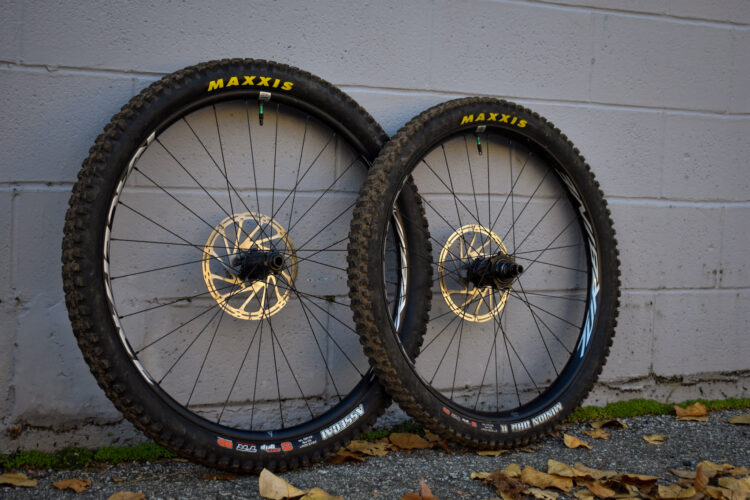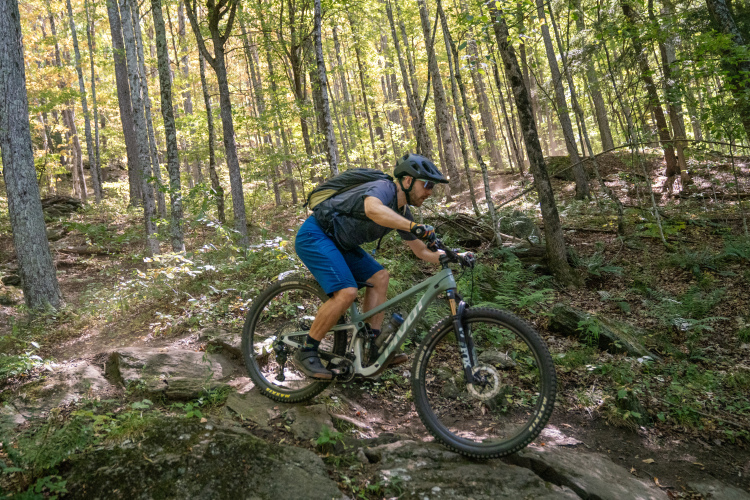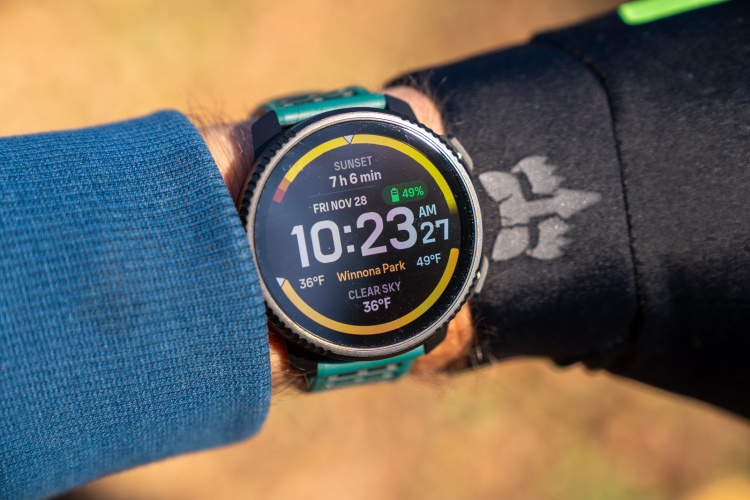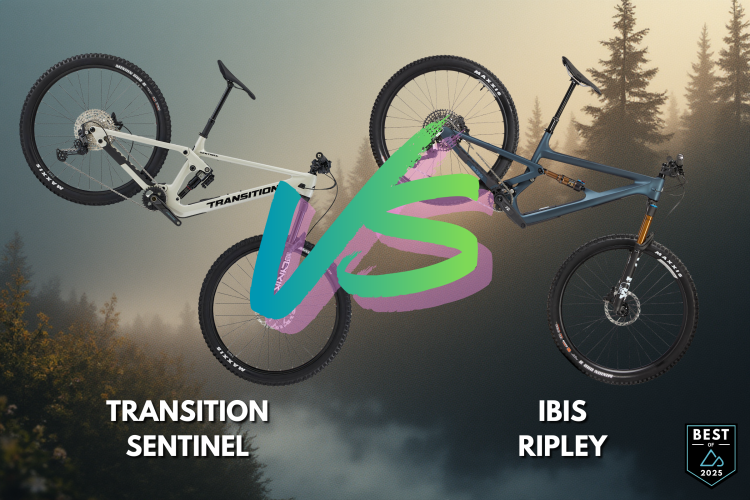
The all-new Shimano XTR wheels, officially announced today, were designed with high-speed, aggressive trail riding — and racing — in mind. After months of countless hard test rides, I can confidently say they deliver. Though none of the specs are groundbreaking, it’s clear Shimano has designed a quality wheelset worthy of the XTR label.
Shimano XTR wheels key specs
- M9220 enduro/trail wheelset tested; M9200 lightweight XC wheelset also available
- 30mm (internal width) carbon rims
- Ratchet-style rear hub with 100 teeth / 3.5° of engagement
- Weight: 960g rear with valve, but without Centerlock ring; 840g for the front wheel with centerlock ring and valve
- Price: $1,715 MSRP for the set
- Buy from Jenson USA and authorized Shimano dealers


A familiar foundation with smart updates
Shimano is offering two versions of their XTR wheelset. The M9220, which I’ve been testing, is designed for trail and enduro riding. A lighter, M9200 wheelset is designed for cross-country bikes. Only 29″ diameter rims are available at the time of launch.
Hub engagement and sound
The Shimano XTR rear trail wheel I tested is centered around a direct-drive ratchet hub with 3.5° of engagement, and while that’s not as tight as what you’ll find on wheelsets from Industry Nine or Onyx, it’s enough for a responsive feel through tech sections and for quick accelerations. The freehub sounds buzzy — loud enough to be noticed, but not obnoxious — in line with what you might expect from an Industry Nine Hydra hub. I wouldn’t want anything less than 3.5° of engagement, but I also don’t feel like I need any more with these wheels.


Shimano says they’ve improved both the hub seals and cartridge bearings to reduce drag and increase durability, and the ratchet-style hub should provide slightly less resistance than many competing pawl-driven hubs when it comes to coasting. The overall hub architecture looks very similar to Shimano’s previous XT wheels, which I tested several years ago. Those rear hubs had a reputation for failing over time, and when they eventually stopped working, the hubs couldn’t be repaired easily. Shimano says the new XTR wheels should be easier to repair, even at home. So far, these XTR wheels show no signs of slowing down.

Naturally, the XTR wheelset utilizes Shimano’s Centerlock system and features a Microspline hub body in the rear. I tend to be pretty hard on driver bodies, and after hundreds of miles of abuse and thousands of feet of climbing, there are no signs of gouging or pitting on the driver body.

Tough rims can take serious abuse
The carbon rims feature a 30mm internal width and a 4mm-thick rim wall, designed to reduce the likelihood of pinch flats and boost impact strength. I rode these wheels through sharp, rocky terrain in Pisgah and in Tucson, and came away without so much as a scratch — no dents, no dings, and no loss of spoke tension. Both front and rear wheels remain dead true.
An asymmetrical rim profile ensures even spoke tension on both sides of the wheel. However, the channel inside the rim is placed in the center, which is meant to make seating tires easier and more intuitive.
Share your Shimano XTR wheels review
The enduro model I tested features 28 J-bend spokes in common sizes, laced three-cross. They’re optimized for 2.3–2.6″ tires, and tire installation was generally straightforward. I did have trouble mounting a set of Terravail tires, though it’s unclear if the fit issue was on the tire or rim side. Once mounted, all the tires I tested held air well, and the rim tape has remained secure and effective.

The asymmetrical rim profile requires a wedge-shaped lock ring for the valve stem. The included valve stem fits great, but if you’re running third-party tubeless valves, expect a less-than-perfect fit. I got a set of Muc Off Big Bore tubeless valves to work, but the fit wasn’t as clean or secure as the stock valves.
Pros and cons of Shimano XTR wheels
Pros
- Solid specs plus quality construction and materials
- Good balance between hub engagement and drag
- Durable through months of testing on rocky descents
- Sub-1800g weight for the set is competitive for a trail/enduro wheelset at this price point
Cons
- Asymmetrical rim profile means aftermarket valves don’t fit neatly
- Long-term durability of the freehub, in particular, is unknown
Bottom line
Shimano’s newest XTR enduro wheels feel stiff, fast, and durable enough for serious trail punishment. Engagement isn’t instant, but it’s responsive, though the long-term hub durability remains a question based on past performance.
At this level, riders have no shortage of high-end options, but if you’re already running a Shimano drivetrain and want a tough, trail-proven wheelset that just works, these new XTRs are definitely worth a look.










0 Comments